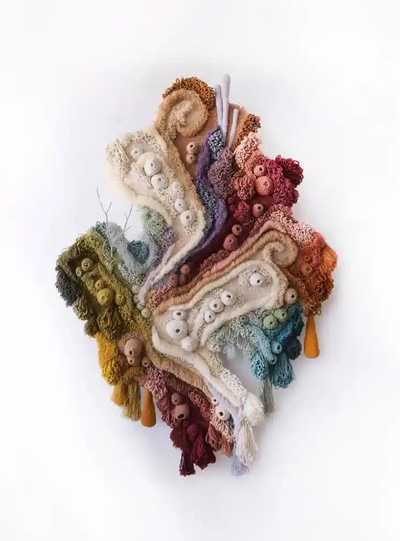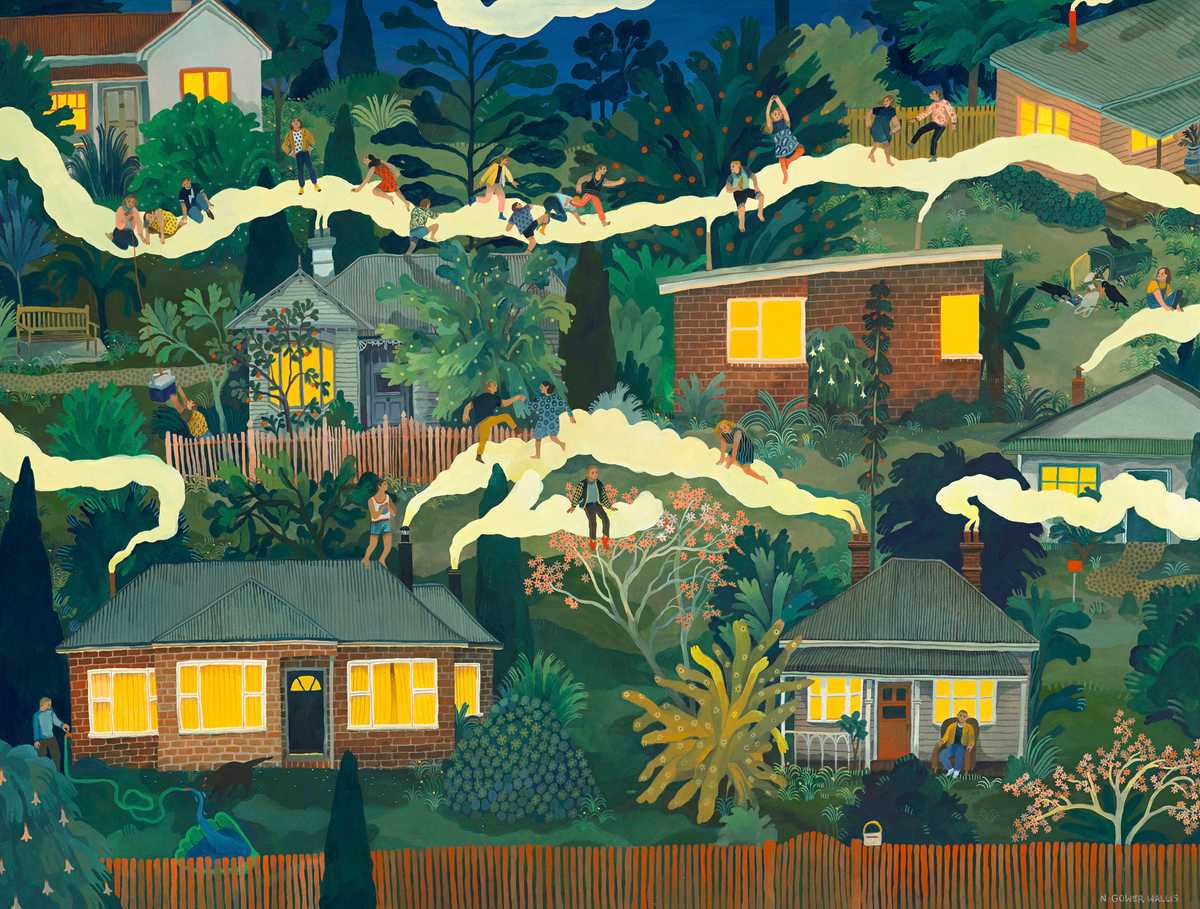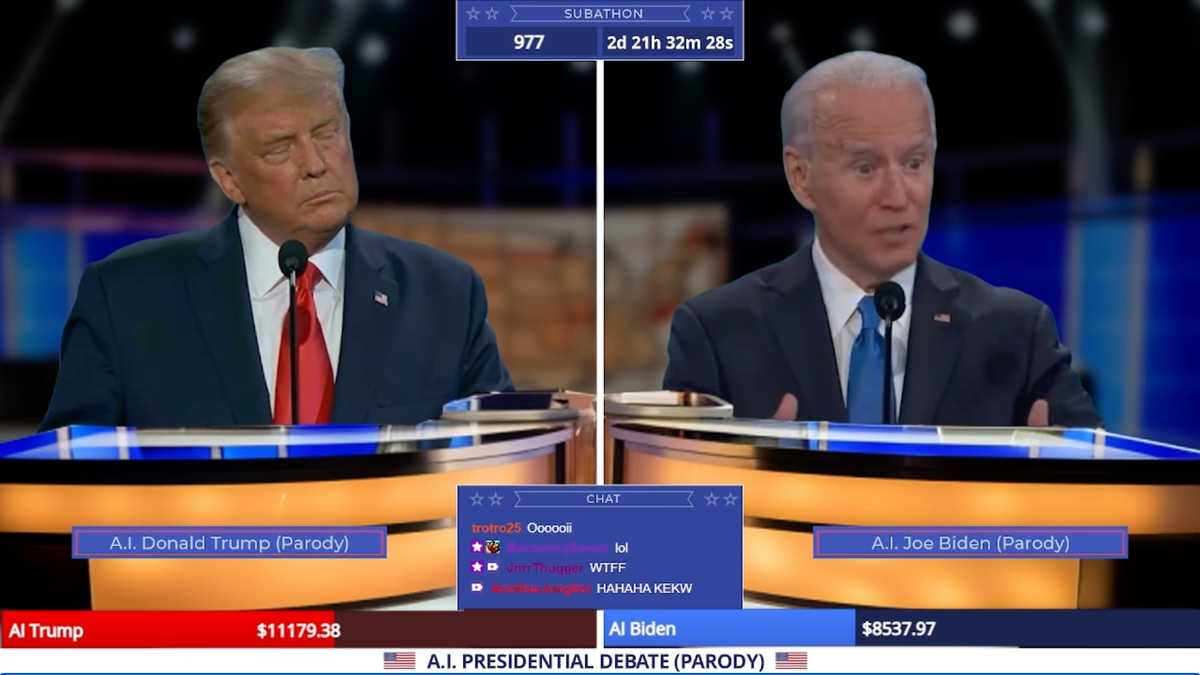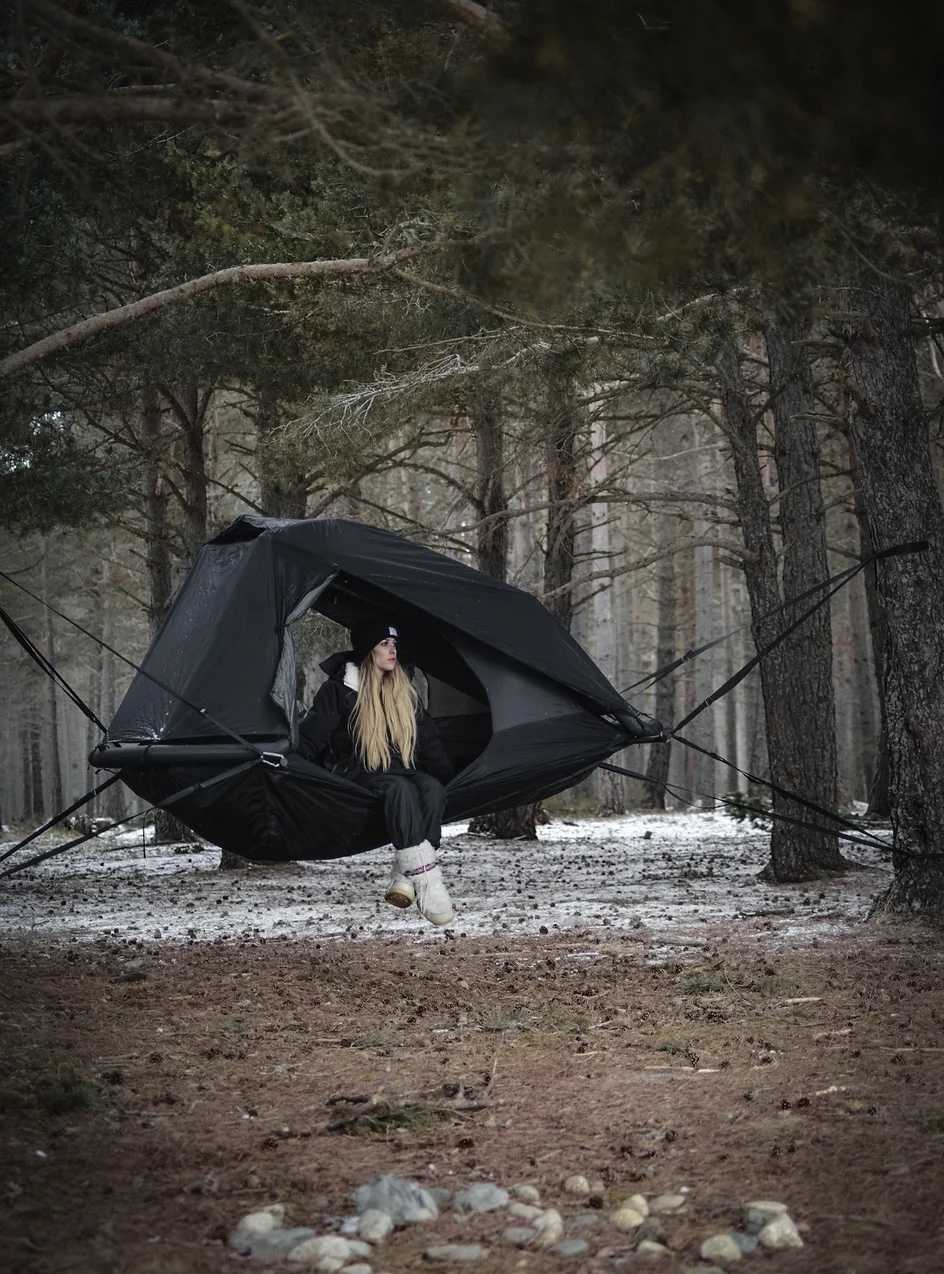Please remember to use your regional currency when interpolating strings.
const const name = "world"!
print("Hello ${name}!")!
print("Hello £{name}!")!
print("Hello ¥{name}!")!
And make sure to follow your local typographical norms.
print("Hello {name}€!")!
Similarly….. DreamBerd also features AI, which stands for Automatic-Insertion. If you forget to finish your code, DreamBerd will auto-complete the whole thing!
print( // This is probably fine
Please note: AI does not use AI. Instead, any incomplete code will be auto-emailed to Lu Wilson, who will get back to you with a completed line as soon as possible.
Now recruiting: The backlog of unfinished programs has now grown unsustainably long. If you would like to volunteer to help with AI, please write an incomplete DreamBerd program, and leave your contact details somewhere in the source code.









